Festive Dread
The nights before Christmas are usually filled with excitement and good cheer for children worldwide. After all, the December holidays are all about that, right? It’s not uncommon for children to have sleepless nights around this time as they eagerly anticipate all the gifts and goodies to come.
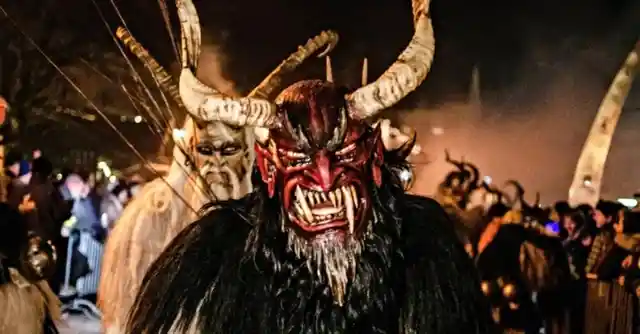
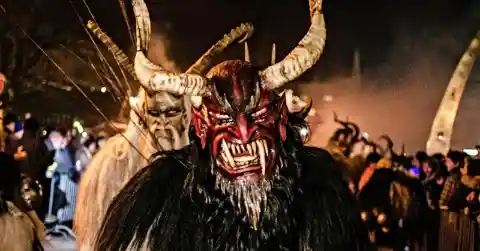
However, in parts of Europe, kids experience sleepless nights around Christmas time for a different reason. That reason is cold dread and the terror they experience because of another figure that visits around this time.
He’s No Santa
The most magical part of Christmas for most kids is awaiting the visit of Santa Claus. Some wait the entire year for our favorite jolly, fat guy to make his annual appearance.
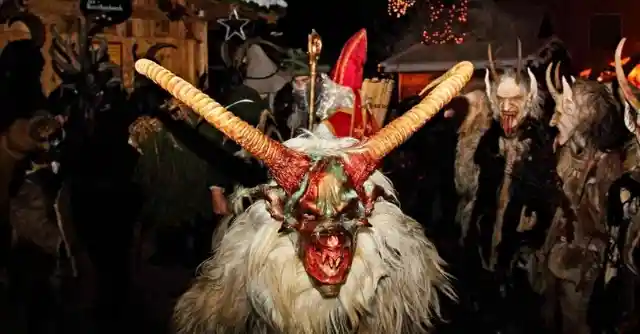
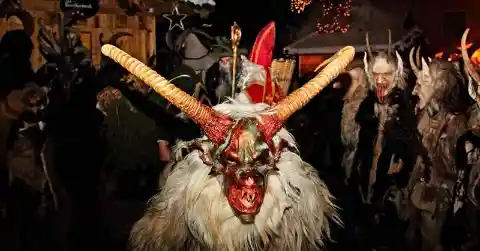
However, some Christmas visitors don’t spread holiday cheer and happiness. Unlike Santa, their entire existence is predicated on delivering nightmares instead.
Global Appeal
The Santa concept may have minute differences from place to place, but there are widely accepted similarities no matter where you’re from. Ask a kid from the USA and a kid from Southern Africa about Santa, and the descriptions will likely match.


Such is the worldwide appeal of old St. Nick that most children of different cultural backgrounds can all tell you the same basic version of his role. We all know that he rewards good children with presents; however, what happens to the naughty kids?
His Other Helper
Forget Rudolph, elves, and the rest of the gang. In Eastern Europe, some children are told a very different story about Santa’s other helper.


Santa may reward good children with presents, but a lump of coal in their stockings is the least of their worries for naughty kids, according to this legend.
A Different Punishment
According to European folklore, naughty children must face the wrath of Santa’s other helper instead. They are taught to behave amid the threat of this helper paying them a visit around Christmas.
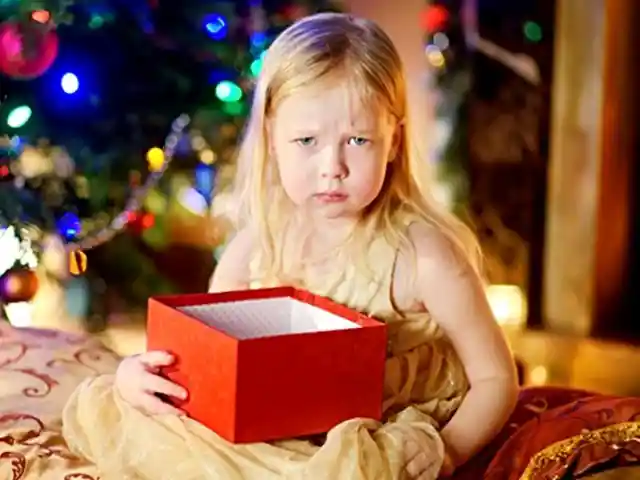

He doles out his own brand of punishment. While western children usually have their world sheltered from scarier versions of Santa’s helper, other kids are told to fear a very different punishment than coal.
The Rod
These alternative versions of Christmas legends consist of Santa and his terrifying helper visiting children around 5 December. Santa would give modest gifts like fruit, nuts, or chocolate to the well-behaved kids.
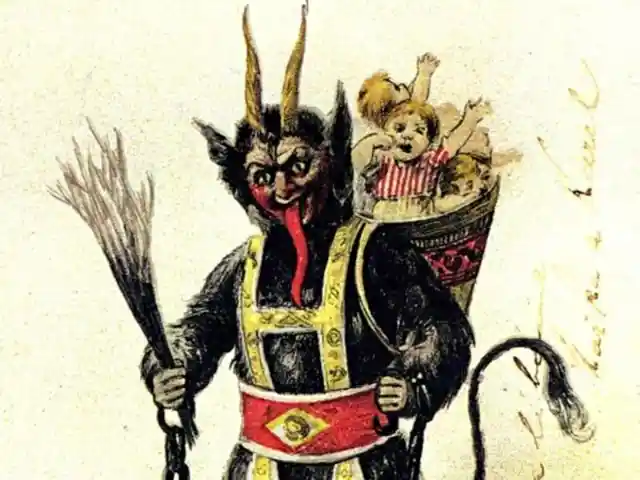
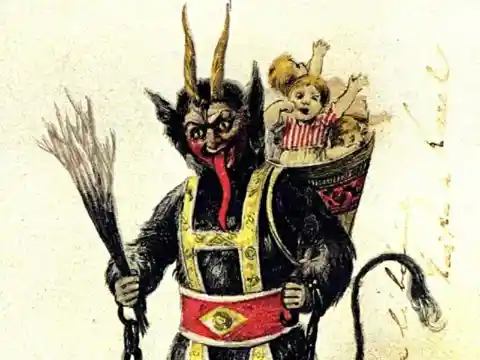
However, his sidekick would take care of the naughty kids by punishing them with birch rods. These were well-known wooden sticks, usually associated with the corporal punishment of children, which is just a fancy term for the practice of beating kids.
Origins
While St. Nicholas, the basis of Santa, is an integral figure from the Christian era and actually existed, his lesser-known assistant is thought to date back to pre-Christian times. These were times when beliefs in much darker figures were widespread.
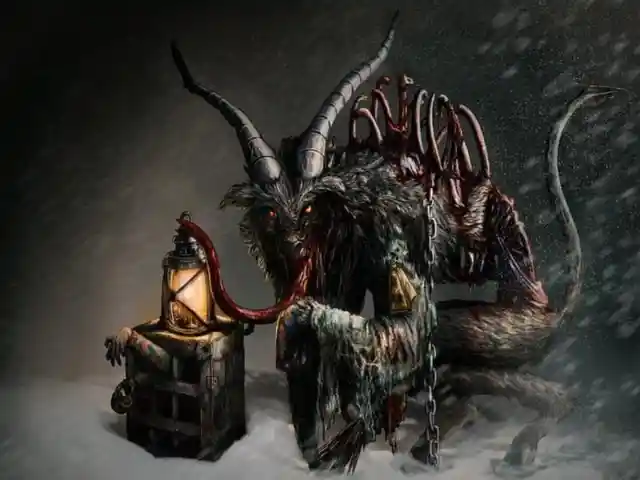
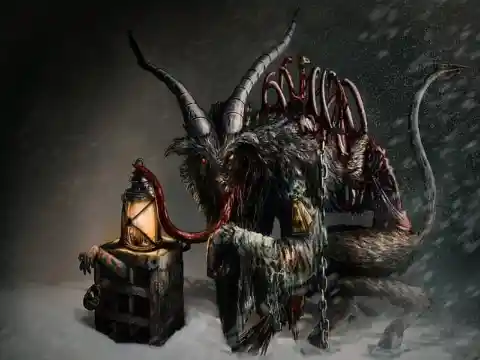
By the sixteenth and seventeenth centuries, the St. Nicholas traditions had firmly caught on in many parts of Europe. However, in places like Austria, other entities of so-called “heathen” origins were also incorporated into the legends.
Anthropomorphic
Anthropologists usually describe the figure as having anthropomorphic characteristics, meaning it usually is a hybrid mix of human and animal-like features. He is conventionally described as hairy, with horns and cloven hooves for feet.
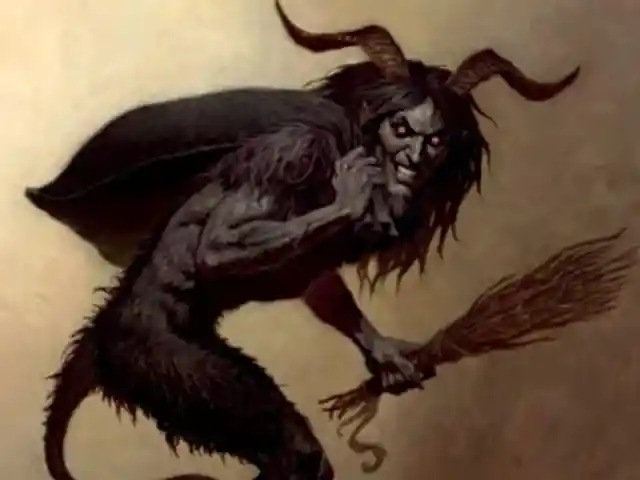
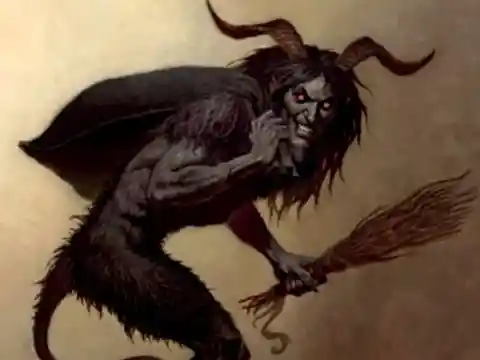
If this sounds familiar, you’re not alone in thinking this sounds a lot like a famous biblical angel that was expelled from Christian heaven. Whatever his links to that guy, this figure is also widely regarded to have a demonic nature.
The Festivals
Throughout Europe, many winter towns celebrate the so-called existence of this figure with chilling parades and festivals. Similar to Halloween, these parades feature many young men, all dressed up as different representations of this scary figure.
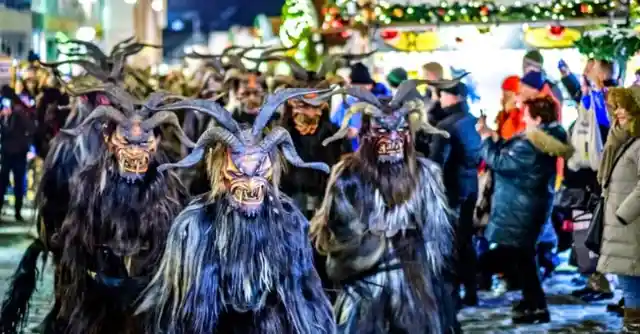
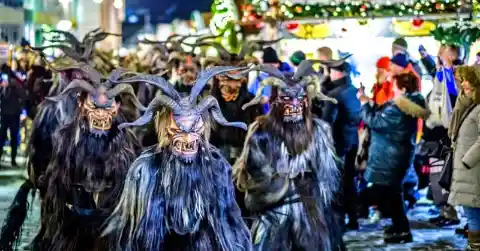
However, Halloween seems almost tame compared to some of the eerie costumes used to represent him. Many of these are purposefully designed to scare children and do an excellent job of it too.
Variations
Even long before Christmas, some households paint twigs gold to remind children of him throughout the year. This is meant to keep them well-behaved and an ever-present reminder that he will arrive later that year to punish them if not.
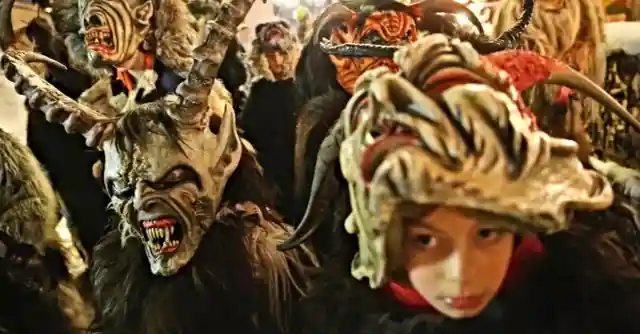
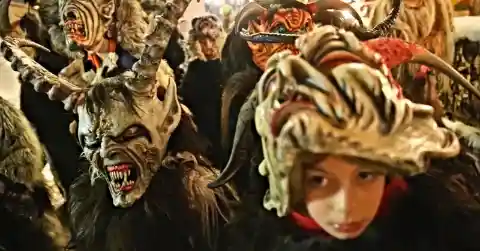
In other regions, he is depicted as a devil-like figure sporting a sack around his waist and chains around his wrist and neck.
Pop Culture
After a few turns in Hollywood flicks, this figure has become more popular and well-known to westerners over the years. In fact, even if the descriptions so far haven’t rung a bell yet, chances are you’ve already heard of him before.
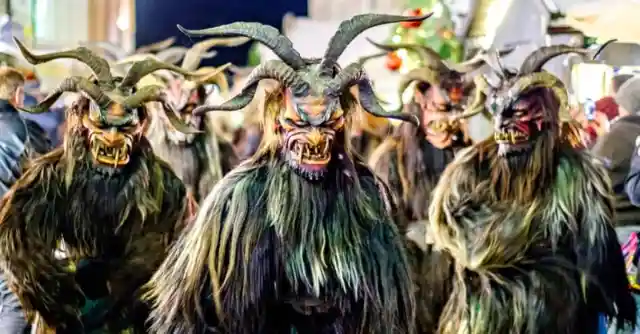
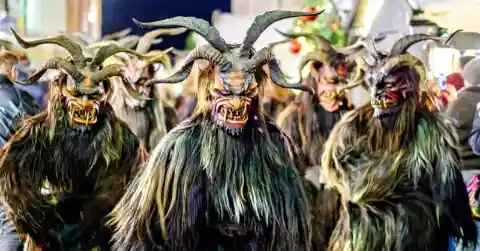
Whether you know him as Santa’s lesser-known helper, a demon that terrorizes children, or just a movie character, his name should be familiar by now. So who is this dreaded figure?
Krampus
He is most commonly known as Krampus and is usually depicted in terrifying ways. A chilling reminder for kids to behave, Krampus was popularized among western audiences through movies such as ‘Krampus’ and ‘A Christmas Horror Story’.
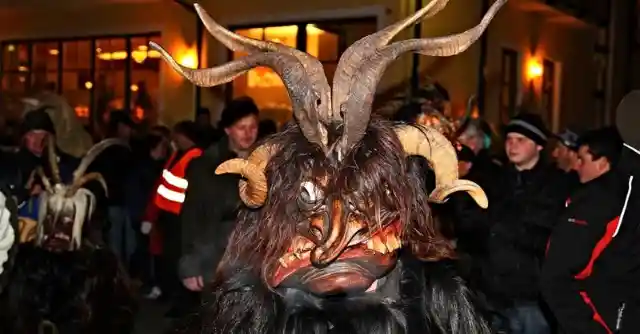
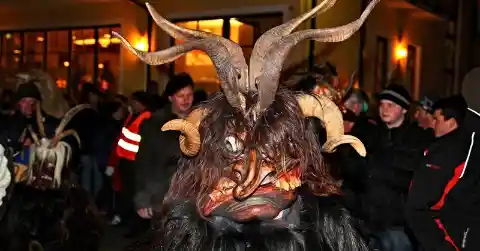
Throughout parts of Austria and other European countries, you can treat yourself to his scary appearances at the famous parades that he features in.
Taking Things Too Seriously
While these parades are usually meant as a spectacle and maybe a few scares, in 2015, the parade went too far. Some of the actors playing the Christmas demon began really beating people with sticks.
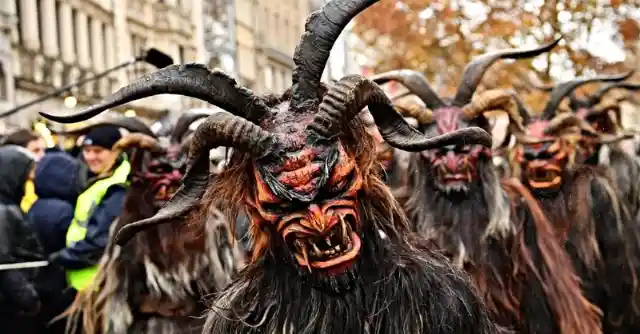
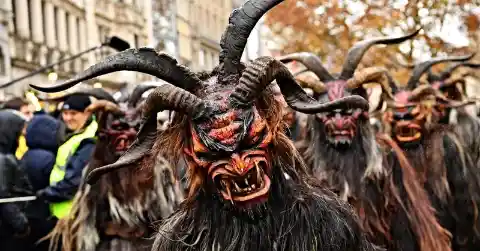
As if the scary costumes and horrifying stories weren’t enough, it seems some people take the figure’s origins a bit too seriously.
Warnings
In fact, in Austria, the parade can sometimes get so terrifying that they require warnings. While most Austrian families likely treat the parade the same way American ones treat Halloween, it’s a different story for outsiders.
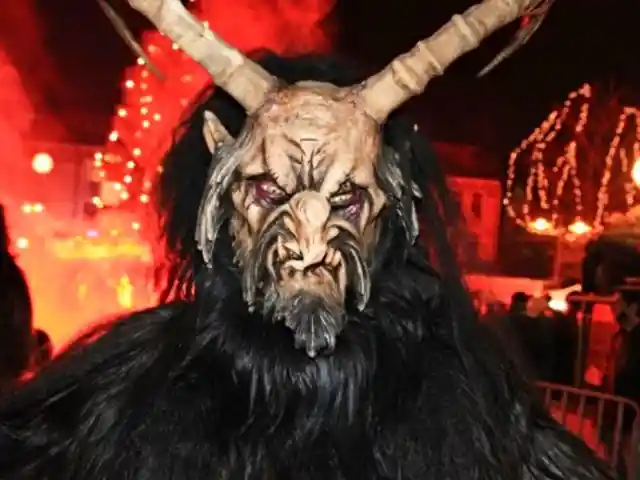
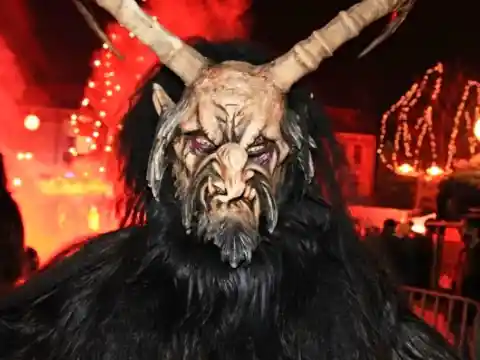
Given the influx of Syrian refugees, officials made rounds to such families. The purpose was to warn them about the festival to ensure they were well prepared for how creepy and scary it could get.
Different Strokes
Whether you believe scaring children is appropriate might be a contentious issue today. However, parades like the Krampus festivals are still very popular in other cultures. Figures like Krampus may be creepy and not for everyone’s taste but remain an integral part of European folklore.
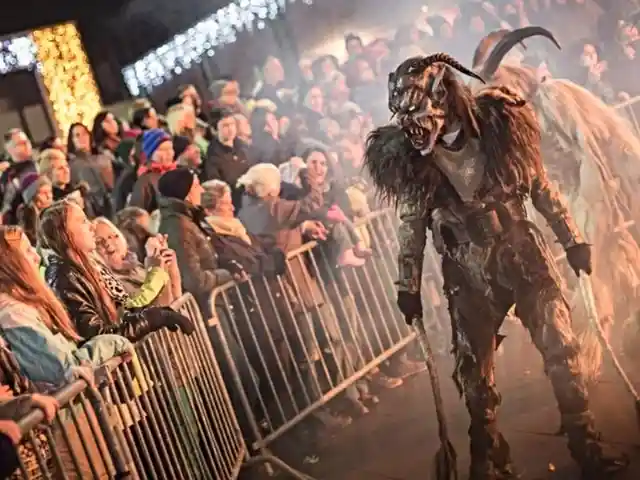
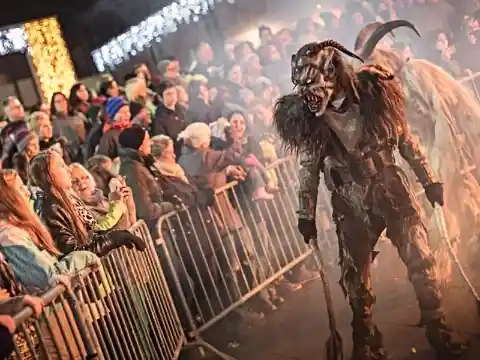
It should be remembered that his inclusion into a holiday that is now traditionally Christian despite his pagan routes proves that the blending of different beliefs and cultures is not a new phenomenon. What’s your take on the Christmas demon? In order to protect the privacy of those depicted, some names, locations, and identifying characteristics have been changed and are products of the author's imagination. Any resemblances to actual events or places or persons, living or dead, are entirely coincidental.